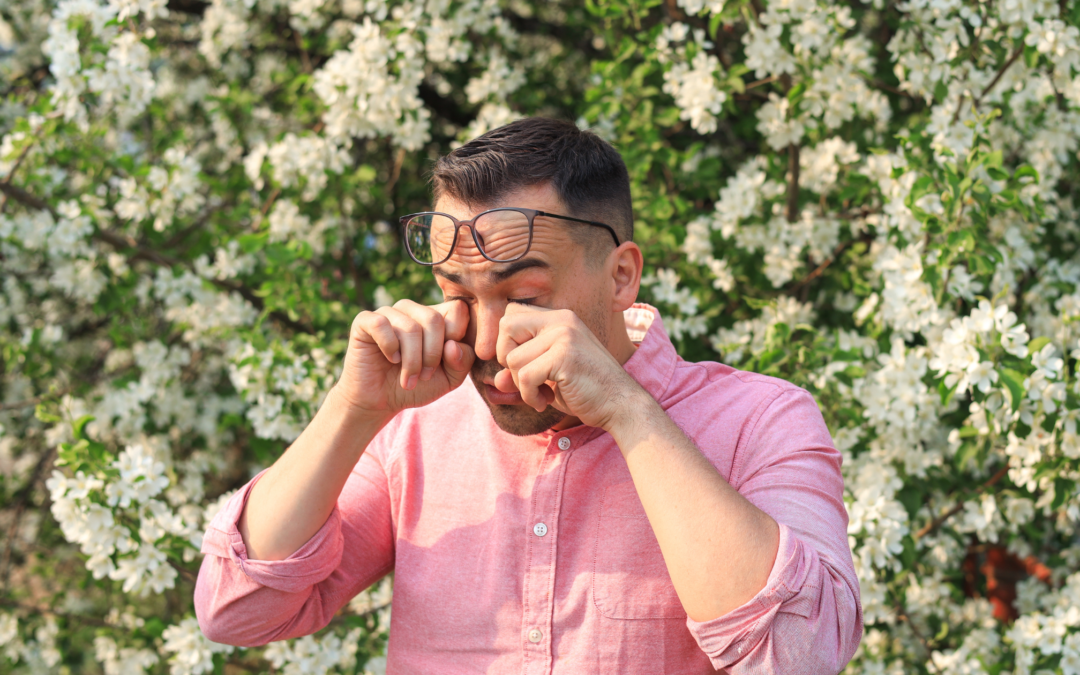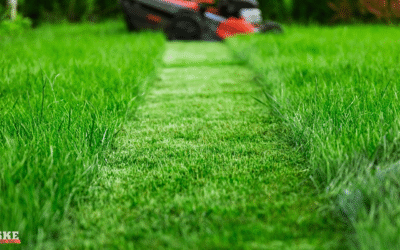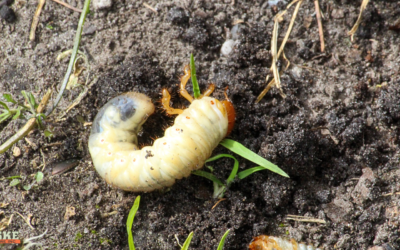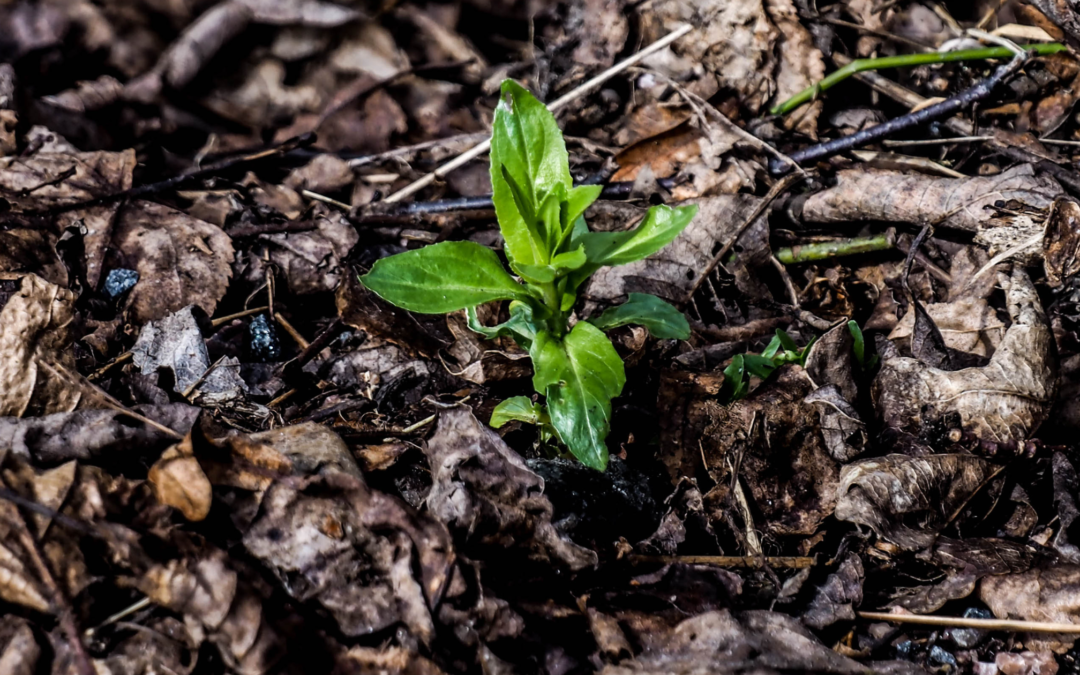June is prime time for lush, green lawns across Wisconsin. The combination of warm days, cooler nights, and occasional rain makes this one of the most active growing periods for cool-season grasses like Kentucky bluegrass, ryegrass, and fescue—all common in...

Alleviating Seasonal Allergies: Transforming Your Yard into a Haven
As spring blossoms and nature awakens, so does the onslaught of seasonal allergies. For many, this time of year is brutal, bringing sneezing, itching, and congestion, making outdoor activities less enjoyable. However, by implementing some simple changes to your yard, you can create a sanctuary free from allergens. Here’s a few steps you can take to alleviate seasonal allergies and transform your outdoor space into a haven of relief.
1. Choose Low-Allergen Plants:
One of the most significant contributors to seasonal allergies is pollen from trees, grasses, and flowers. To minimize exposure, opt for low-allergen plants in your yard. These include species such as hostas, geraniums, and pansies, which produce minimal pollen. Additionally, consider planting female varieties of trees, such as fruit trees, which produce fewer allergenic flowers compared to their male counterparts.
2. Maintain Your Lawn:
Regular lawn maintenance can significantly reduce allergens in your yard. Keep grass mowed short to minimize pollen production, and promptly remove fallen leaves and debris, which can harbor mold spores. Consider investing in a lawn mower with a built-in bagger to collect grass clippings and prevent them from becoming airborne allergens. Additionally, ensure proper drainage to prevent water accumulation, which can create a breeding ground for mold and mildew.
3. Create Allergy-Free Zones:
Designate specific areas of your yard as allergy-free zones where allergen-producing plants are kept to a minimum. This could include a paved patio, deck, or gravel area where outdoor furniture and activities can be enjoyed without the risk of triggering allergies. Incorporate low-allergen plants and non-flowering shrubs to enhance the beauty of these spaces while minimizing allergen exposure.
4. Install a Pollen Barrier:
Consider installing a pollen barrier, such as a hedge or fence, to create a physical barrier between your yard and neighboring allergen sources, such as grassy fields or wooded areas. Dense evergreen shrubs, such as boxwood or holly, can serve as effective pollen barriers while adding privacy and aesthetic appeal to your yard. Be sure to choose varieties that are well-suited to your climate and soil conditions for optimal performance.
5. Control Weeds:
Weeds such as ragweed, dandelion, and nettle are notorious allergen producers that can wreak havoc on allergy sufferers. Take proactive measures to control weeds in your yard by pulling them manually or using environmentally friendly weed control methods. Consider applying a pre-emergent herbicide in early spring to prevent weed seeds from germinating, and spot treat any existing weeds with targeted herbicides as needed.
6. Limit Flowering Plants:
While flowering plants add beauty and color to your yard, they can also contribute to seasonal allergies. Limit the number of flowering plants in your yard, especially those with high pollen counts or strong fragrances. Opt for non-flowering alternatives such as ferns, ornamental grasses, and foliage plants, which are less likely to trigger allergies. If you can’t resist adding flowering plants to your yard, choose varieties with low pollen counts and minimal fragrance.
7. Create a Pollinator Garden:
If you’re a fan of pollinators such as bees and butterflies but want to minimize allergen exposure, consider creating a pollinator garden with allergy-friendly plants. Choose flowering plants that are attractive to pollinators but produce minimal pollen, such as lavender, salvia, and butterfly bush. By providing a habitat for pollinators away from high-traffic areas of your yard, you can enjoy their beauty while minimizing allergy triggers.
By implementing these strategies, you can transform your yard into a haven of relief from seasonal allergies. From choosing low-allergen plants to creating allergy-free zones and controlling weeds, there are plenty of ways to minimize allergen exposure and maximize outdoor enjoyment. With a little effort and creativity, you can create a beautiful and allergy-friendly outdoor space where you can breathe easy and savor the joys of spring.
Considering professional lawn care this year? Friske Lawn Care is here for you! Contact us at 608-445-5883 or shoot us an email at friskelawncare@gmail.com.
How Often Should You Mow in June? Lawn Growth Tips for Wisconsin Yards
What’s Bugging Your Lawn? Early Signs of Spring Pest Problems in Madison, WI
As the snow melts and the grass starts growing again, many Madison homeowners breathe a sigh of relief—spring is finally here. But as your lawn begins to wake up, so do some unwanted visitors. Grubs, ants, and other lawn-damaging pests start to emerge around late...
Is Spring Coming Early? What Warmer March Temperatures Mean for Your Lawn
Madison, WI, has been experiencing some warmer-than-usual temperatures this March, leaving many homeowners wondering if spring is arriving early this year. While an early warm-up can be exciting, it also brings unique challenges for lawn care. Grass may start growing...





Recent Comments